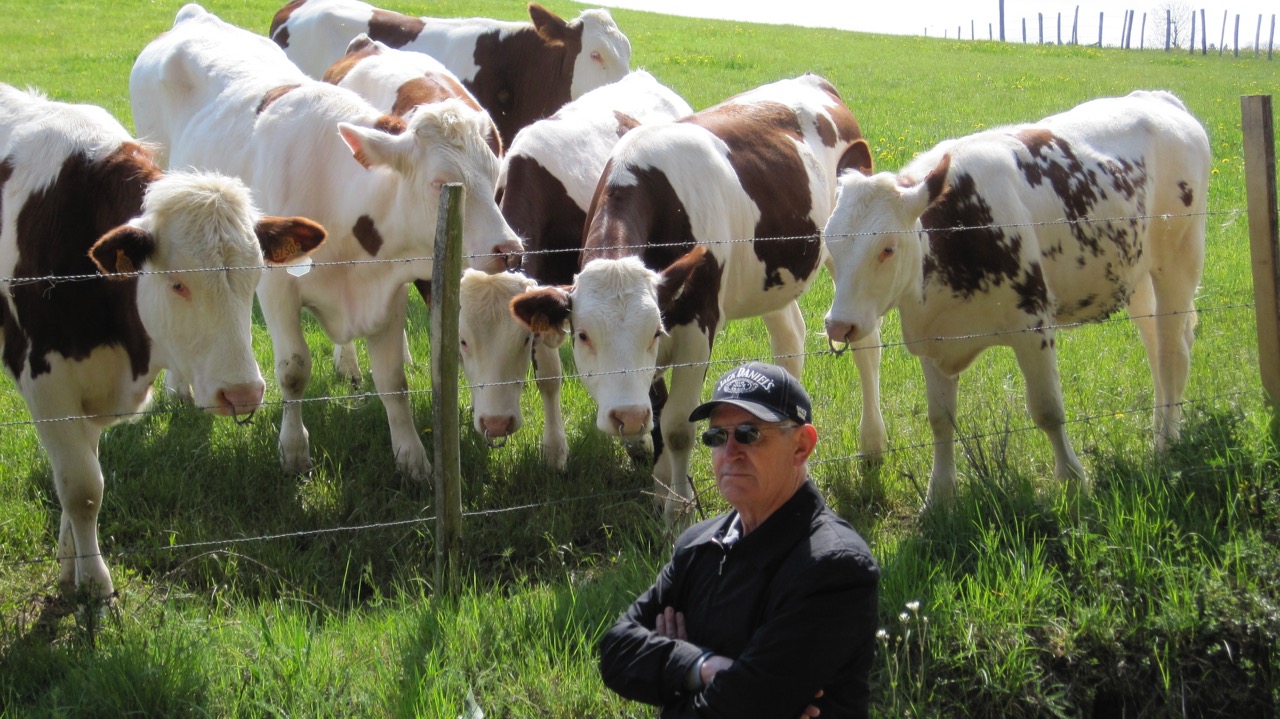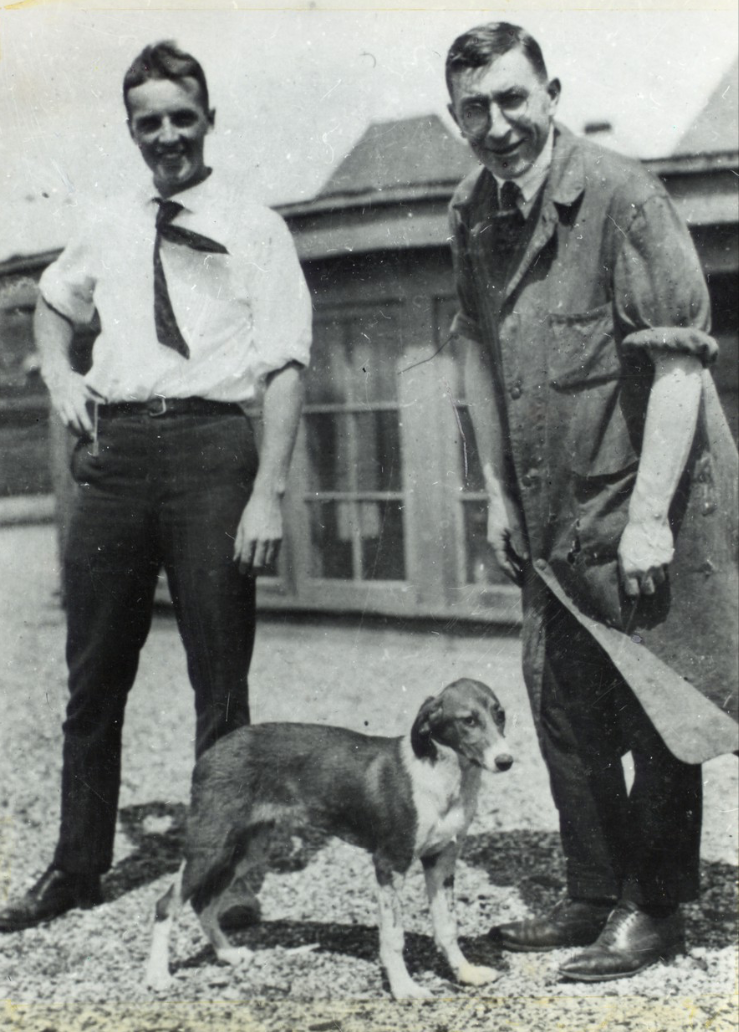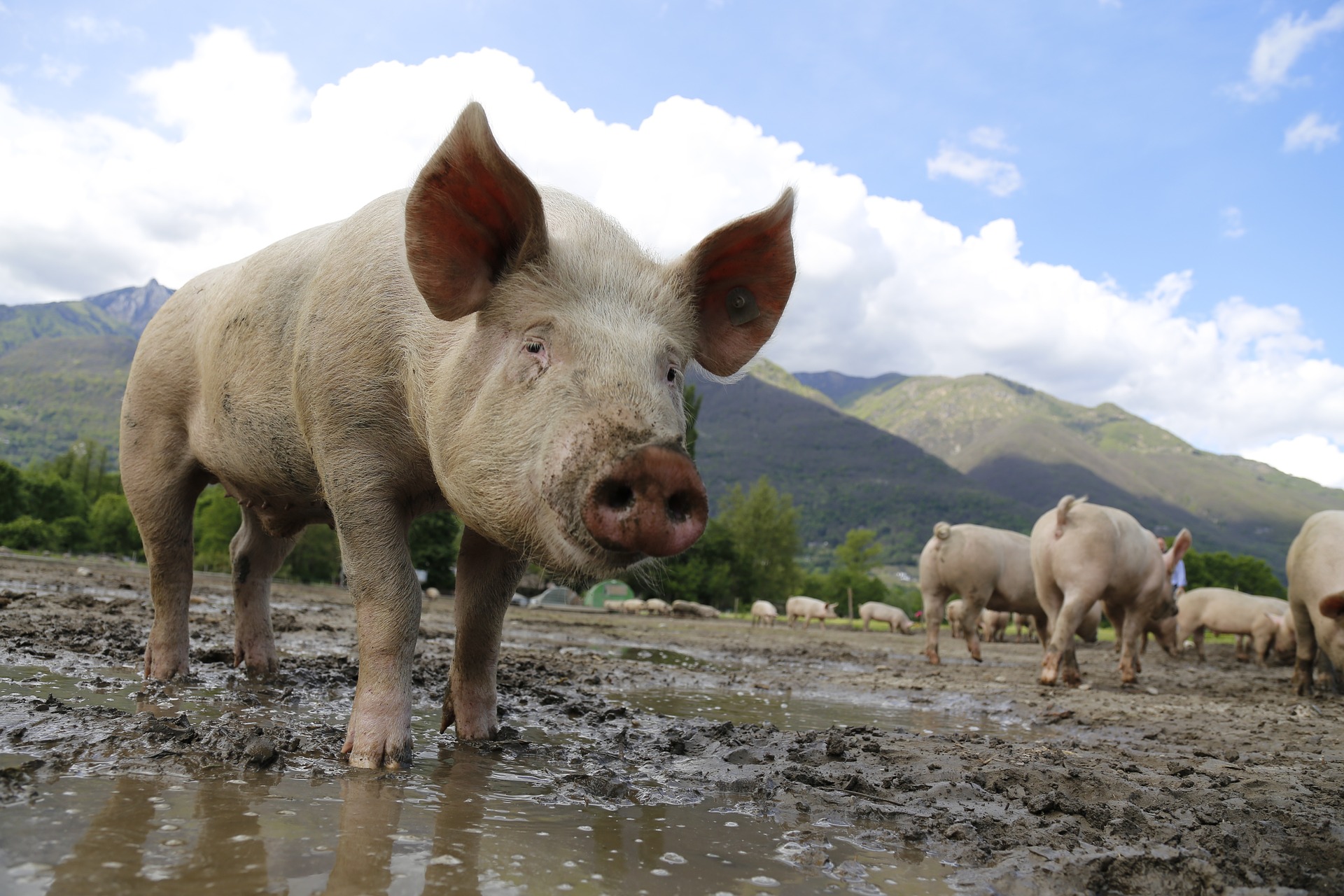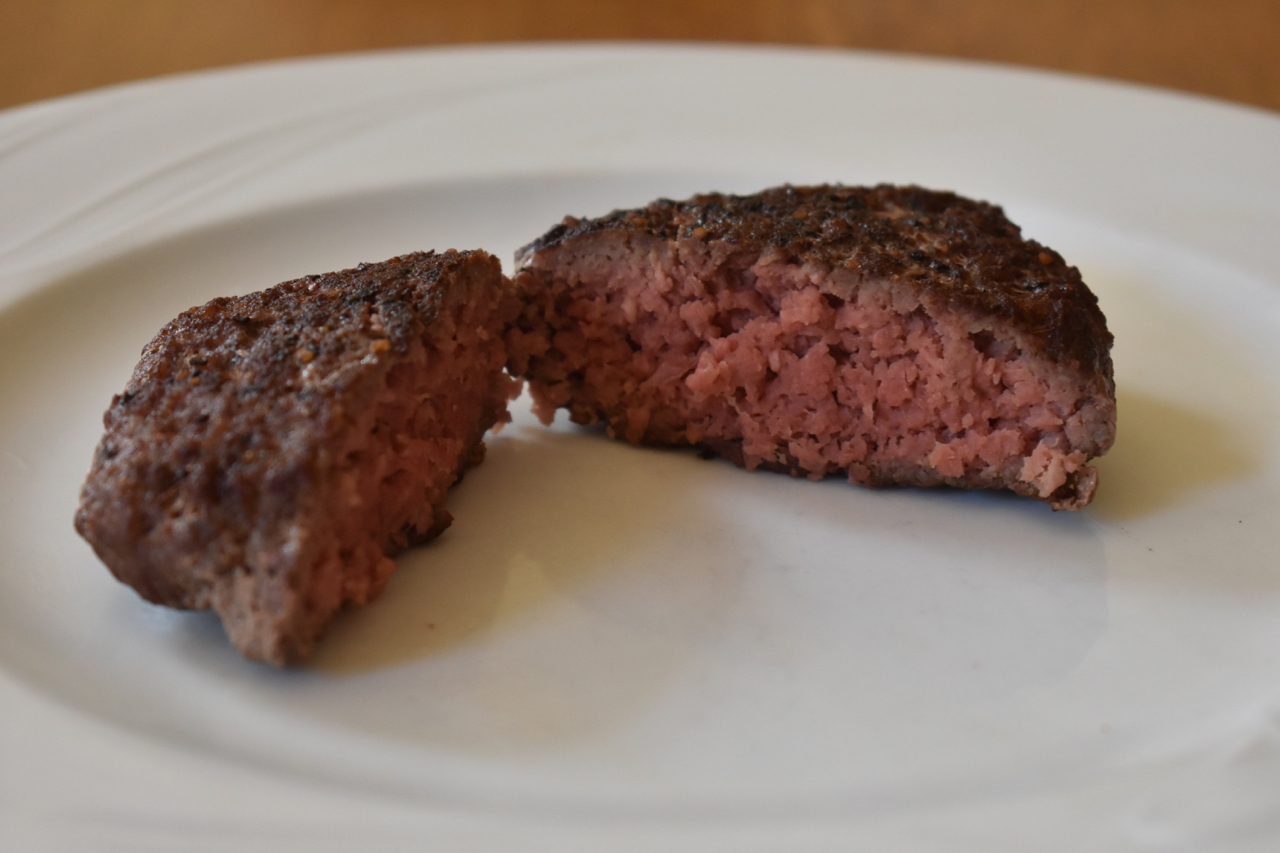UPDATED
“Livestock are responsible for 18 percent of the greenhouse gases that cause global warming more than cars, planes and all other forms of transport put together. It’s official: taking to the roads in an SUV’s got nothing on cattle flatulence . . . “ This is a direct quote from a recent web post of a climate sceptic. It restates a popular meme about climate change, favoured by conservative commentators: that man isn’t the most important agent of global warming, it’s the farting cows, stupid.… Read the rest “We Need to Talk About Methane”










